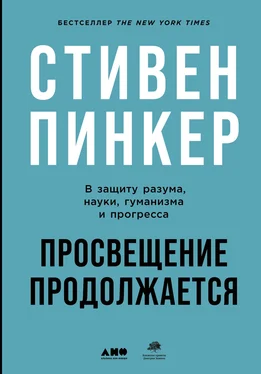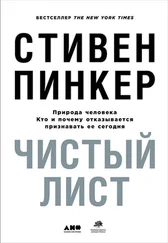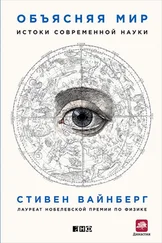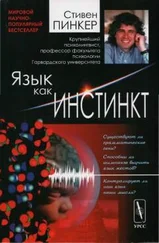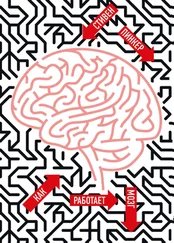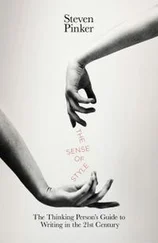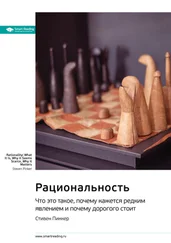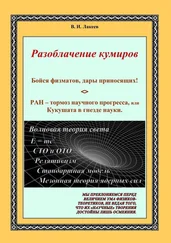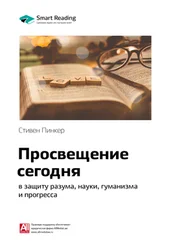Feinberg, M., & Willer, R. 2011. Apocalypse soon? Dire messages reduce belief in global warming by contradicting just orld beliefs. Psychological Science, 22, 34–38.
Feldstein, M. 2017. Underestimating the real growth of GDP, personal income, and productivity. Journal of Economic Perspectives, 31, 145–64.
Ferreira, F., Jolliffe, D. M., & Prydz, E. B. 2015. The international poverty line has just been raised to $1.90 a day, but global poverty is basically unchanged. How is that even possible? http://blogs.worldbank.org/developmenttalk/international-poverty-line-has-just-been-raised-190-day-global-poverty-basically-unchanged-how-even.
Finkelhor, D. 2014. Trends in child welfare. Paper presented at the Carsey Institute Policy Series, Department of Sociology, University of New Hampshire.
Finkelhor, D., Shattuck, A., Turner, H. A., & Hamby, S. L. 2014. Trends in children’s exposure to violence, 2003–2011. JAMA Pediatrics, 168, 540–46.
Fischer, C. S. 2005. Bowling alone: What’s the score? Social Networks, 27, 155–67.
Fischer, C. S. 2006. The 2004 GSS finding of shrunken social networks: An artifact? American Sociological Review, 74, 657–69.
Fischer, C. S. 2011. Still connected: Family and friends in America since 1970 . New York: Russell Sage Foundation.
Fiske, A. P., & Rai, T. 2015. Virtuous violence: Hurting and killing to create, sustain, end, and honor social relationships . New York: Cambridge University Press.
Fletcher, J. 1997. Violence and civilization: An introduction to the work of Norbert Elias . Cambridge, UK: Polity.
Flynn, J. R. 2007. What is intelligence? New York: Cambridge University Press.
Flynn, J. R. 2012. Are we getting smarter? Rising IQ in the twenty rst century . New York: Cambridge University Press.
Foa, R. S., & Mounk, Y. 2016. The danger of deconsolidation: The democratic disconnect. Journal of Democracy, 27, 5–17.
Fodor, J. A. 1987. Psychosemantics: The problem of meaning in the philosophy of mind . Cambridge, MA: MIT Press.
Fodor, J. A. 1994. The elm and the expert: Mentalese and its semantics. Cambridge, MA: MIT Press.
Fogel, R. W. 2004. The escape from hunger and premature death, 1700–2100 . Chicago: University of Chicago Press.
Food Marketing Institute. 2017. Supermarket facts. https://www.fmi.org/our-research/supermarket-facts.
Foreman, C. 2013. On justice movements: Why they fail the environment and the poor. The Breakthrough, http://thebreakthrough.org/index.php/journal/past-issues/issue-3/on-justice-movements.
Fortna, V. P. 2008. Does peacekeeping work? Shaping belligerents’ choices after civil war . Princeton, NJ: Princeton University Press.
Fortna, V. P. 2015. Do terrorists win? Rebels’ use of terrorism and civil war outcomes. International Organization, 69, 519–56.
Foucault, M. 1999. The history of sexuality . New York: Vintage.
Fouquet, R., & Pearson, P. J. G. 2012. The long run demand for lighting: Elasticities and rebound effects in different phases of economic development. Economics of Energy and Environmental Policy, 1, 83–100. Francis. 2015. Laudato Si’: Encyclical letter of the Holy Father Francis on care for our common home . Vatican City: The Vatican. http://w2.vatican.va/content/francesco/en/encyclicals/documents/papa-francesco20150524enciclica-laudato-si.html.
Frankel, M. 2004. High noon in the Cold War: Kennedy, Khrushchev, and the Cuban Missile Crisis . New York: Ballantine Books.
Frankfurt, H. G. 2015. On inequality . Princeton, NJ: Princeton University Press.
Freed, J. 2014. Back to the future: Advanced nuclear energy and the battle against climate change . Washington: Brookings Institution.
Freilich, J. D., Chermak, S. M., Belli, R., Gruenewald, J., & Parkin, W. S. 2014. Introducing the United States Extremis Crime Database (ECDB). Terrorism and Political Violence, 26, 372–84.
Friedman, J. 1997. What’s wrong with libertarianism. Critical Review, 11, 407–67.
Fryer, R. G. 2016. An empirical analysis of racial differences in police use of force. National Bureau of Economic Research Working Papers, 1–63.
Fukuda, K. 2013. A happiness study using age eriod ohort framework. Journal of Happiness Studies, 14, 135–53.
Fukuyama, F. 1989. The end of history? National Interest, Summer.
Furman, J. 2005. Wal art: A progressive success story. https://www.mackinac.org/archives/2006/walmart.pdf.
Furman, J. 2014. Poverty and the tax code. Democracy: A Journal of Ideas, 32, 8–22.
Future of Life Institute. 2017. Accidental nuclear war: A timeline of close calls. https://futureoflife.org/background/nuclear-close-calls-a-timeline/.
Fyfe, J. J. 1988. Police use of deadly force: Research and reform. Justice Quarterly, 5, 165–205.
Gaillard, R., Dehaene, S., Adam, C., Clémenceau, S., Hasboun, D., et al. 2009. Converging intracranial markers of conscious access. PLOS Biology, 7, 472–92.
Gallup. 2002. Acceptance of homosexuality: A youth movement. http://www.gallup.com/poll/5341/Acceptance-Homosexuality-Youth-Movement.aspx.
Gallup. 2010. Americans’ acceptance of gay relations crosses 50 % threshold. http://www.gallup.com/poll/135764/Americans-Acceptance-Gay-Relations-Crosses-Threshold.aspx.
Gallup. 2016. Death penalty. http://www.gallup.com/poll/1606/death-penalty.aspx.
Galor, O., & Moav, O. 2007. The neolithic origins of contemporary variations in life expectancy. http://dx.doi.org/10.2139/ssrn.1012650.
Galtung, J., & Ruge, M. H. 1965. The structure of foreign news. Journal of Peace Research, 2, 64–91.
Gardner, D. 2008. Risk: The science and politics of fear . London: Virgin Books.
Gardner, D. 2010. Future babble: Why expert predictions fail – and why we believe them anyway . New York: Dutton.
Garrard, G. 2006. Counter nlightenments: From the eighteenth century to the present . New York: Routledge.
Gash, T. 2016. Criminal: The hidden truths about why people do bad things . London: Allen Lane.
Gat, A. 2015. Proving communal warfare among hunter atherers: The quasi ousseauan error. Evolutionary Anthropology, 24, 111–26.
Gauchat, G. 2012. Politicization of science in the public sphere: A study of public trust in the United States, 1974 to 2010. American Sociological Review, 77, 167–87.
Gell-Mann, M. 1994. The quark and the jaguar: Adventures in the simple and the complex. New York: W. H. Freeman.
Gentzkow, M., & Shapiro, J. M. 2010. What drives media slant? Evidence from U.S. daily newspapers. Econometrica, 78, 35–71.
Gervais, W. M., & Najle, M. B. 2017. How many atheists are there? Social Psychological and Personality Science , 10.1177/1948550617707015.
Ghitza, Y., & Gelman, A. 2014. The Great Society, Reagan’s revolution, and generations of presidential voting. http://www.stat.columbia.edu/~gelman/research/unpublished/cohort_voting_2014_0605.pdf.
Gigerenzer, G. 1991. How to make cognitive illusions disappear: Beyond heuristics and biases. European Review of Social Psychology, 2, 83–115.
Gigerenzer, G. 2015. Simply rational: Decision making in the real world . New York: Oxford University Press.
Gigerenzer, G. 2016. Fear of dread risks. Edge . https://www.edge.org/response-detail/26645.
Gigerenzer, G., & Hoffrage, U. 1995. How to improve Bayesian reasoning without instruction: Frequency formats. Psychological Review, 102, 684–704.
Gilbert, D. T. 2006. Stumbling on happiness . New York: Knopf.
Читать дальше
Конец ознакомительного отрывка
Купить книгу
